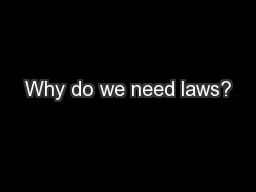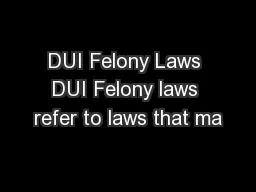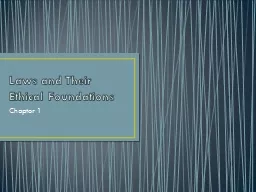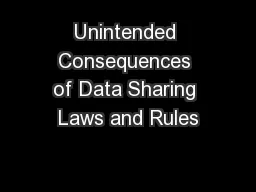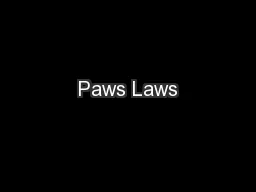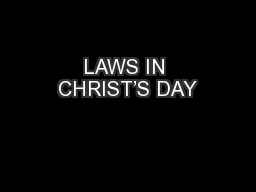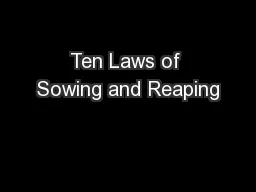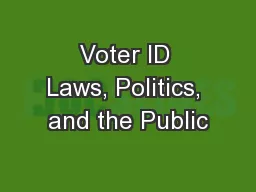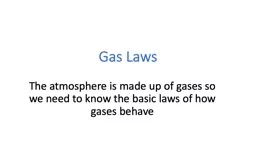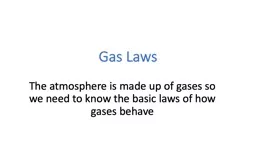PPT-Why do we need laws?
Author : min-jolicoeur | Published Date : 2017-05-24
History of Law Innocent or Guilty In history various methods of deciding a persons guilt or innocence were developed These were called trials or ordeals Here are
Presentation Embed Code
Download Presentation
Download Presentation The PPT/PDF document "Why do we need laws?" is the property of its rightful owner. Permission is granted to download and print the materials on this website for personal, non-commercial use only, and to display it on your personal computer provided you do not modify the materials and that you retain all copyright notices contained in the materials. By downloading content from our website, you accept the terms of this agreement.
Why do we need laws?: Transcript
Download Rules Of Document
"Why do we need laws?"The content belongs to its owner. You may download and print it for personal use, without modification, and keep all copyright notices. By downloading, you agree to these terms.
Related Documents

